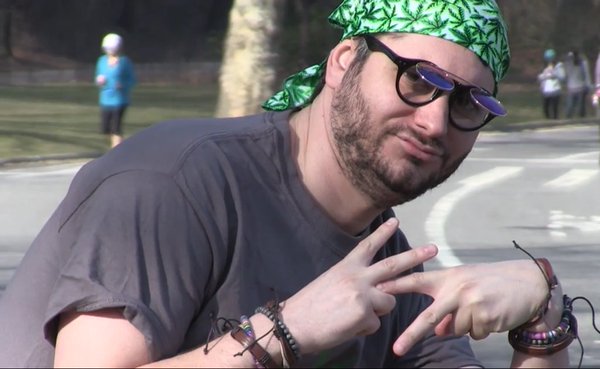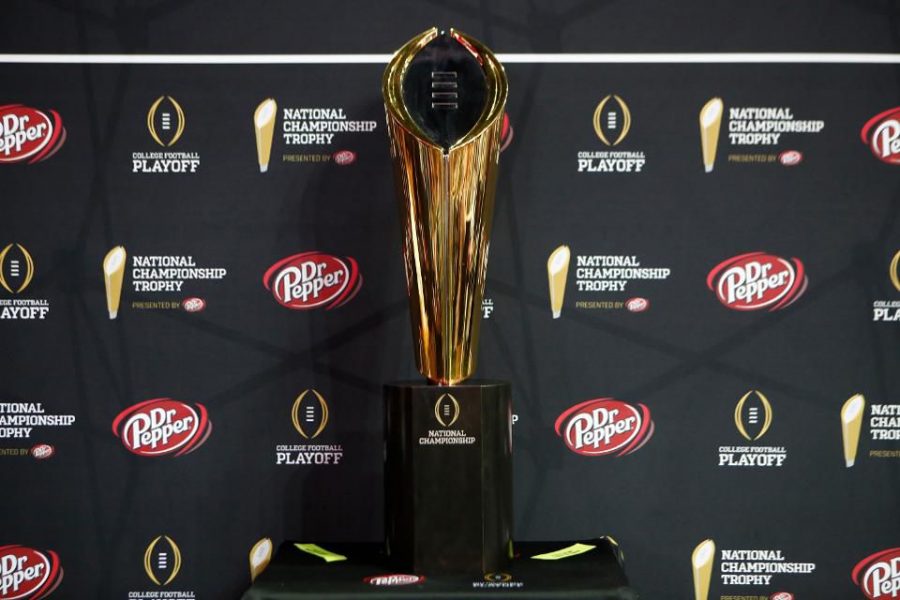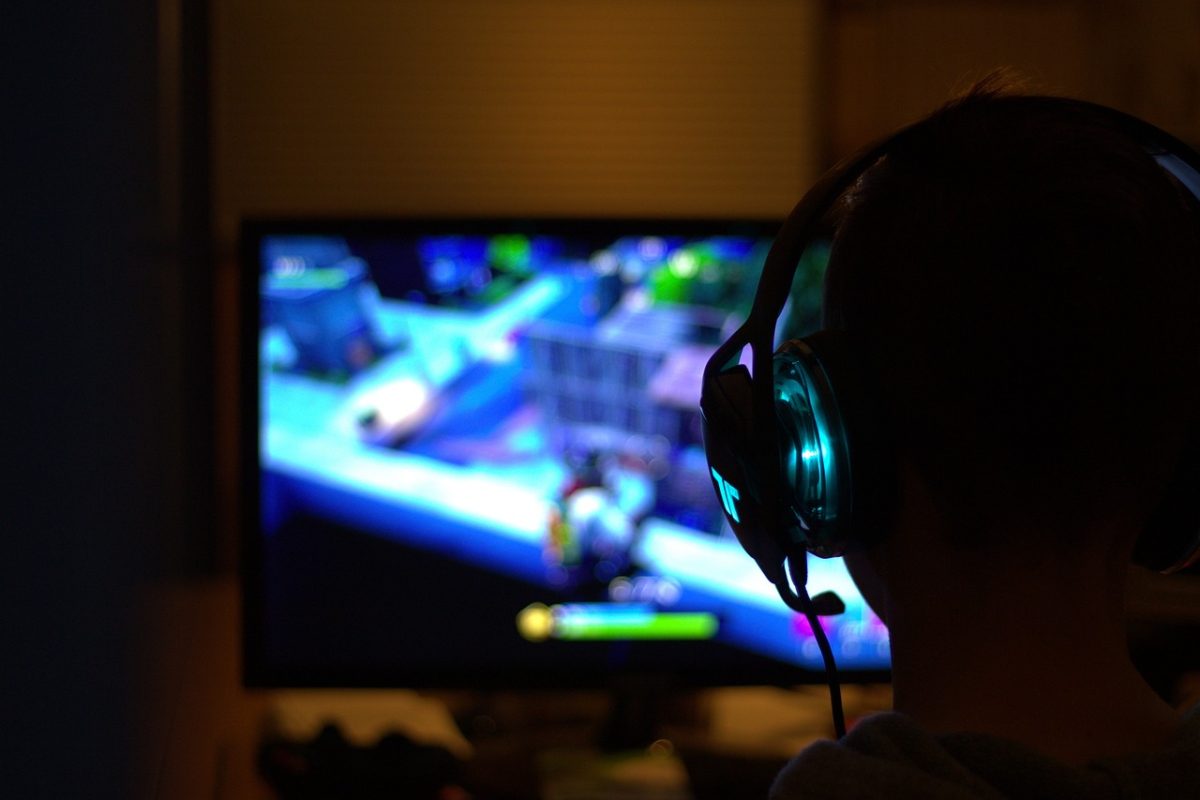Utah deals with teenage vaping epidemic
More stories from Jake Sims

In 2015, use of e-cigarettes among Utah youths was 10.5 percent, according to state health officials. In 2017, that number climbed to 11.1 percent. Since 2011, Utah youth use rates have tripled, despite the law prohibiting sales to minors, according to the health department State health officials also say teens are more likely to use e-cigarettes than any other tobacco product on the market.
“And that’s a concern, because they contain nicotine, and nicotine is bad for developing brain,” Karzen said. “We also know that teens who use e-cigs are more likely to try other risk behaviors.”
E-liquid (“e-juice”) pods can contain as much nicotine as a pack of cigarettes. A 15mL bottle contains the same amount as 42 cigarettes. In large doses, nicotine can cause a fast heart rate, high blood pressure, seizures and stroke. In teens, 10 to 20 mg of nicotine can cause death. According to a Harvard study, accidental ingestion of e-liquid by kids has risen by 1,500 percent in a vert short three years. Vapor from e-cigarettes may contain heavy metals, including lead. The chemical flavoring in some e-liquids is linked with Popcorn Lung; a blockage of the lung’s smallest airways. It leaves sufferers coughing and short of breath. Many other chemical flavorings and colorings are used in e-liquids and their effects on kids’ airways are unknown.these are not the only problems. Delivery systems are not risk free. On May 5, 2018 a Florida man was killed when his vape pen exploded, sending projectiles into his head. There have been many other reports of vaping devices catching fire or exploding and causing injuries.
There is a new emerging form of vaping that is becoming incredibly popular with teens in the form of a JUUL. In fact, a single JUUL cartridge is roughly equal to a pack of cigarettes, or 200 cigarette puffs, according to the product website. Nicotine is an addictive chemical, and evidence suggests that nicotine use during adolescence and young adulthood has long-term impacts on brain development. And this is espically relevent because of their appeal to younger consumers While its manufacturer says that JUUL is only for adults, it comes in flavors including mint, mango and crème brulee , which are proven to appeal to young people and facilitate initiation of tobacco product use according to the surgeon general. Teenagers are also attracted to JUULs because of how easy they are to hide.
“The internal battery is more easily concealable from parents,” said Linnea Fletcher, who tracks these trends at the Utah County Health Department.
“Most of it is sold online, and that’s how most of these are getting it,” she said.
25 percent of 15- to 24-year-old JUUL users do not identify their behavior as vaping and instead refer to it as “JUULing. Schools in Utah are starting to see the devices, Fletcher said. Health officials say many underage smokers believe they’re vaping flavored liquids, and 37 percent of teen and young adult JUUL users are uncertain whether the product contains nicotine, according to the Truth Initiative.
The FDA has taken note of this and plans to take action. They issued a dire warning to Juul and four other manufacturers of popular e-cigarettes, giving the companies 60 days to submit plans showing how they will do a better job keeping the devices out of minors’ hands. FDA Commissioner Scott Gottlieb said in a statement his agency has seen “clear signs” that use of vaping devices has reached an “epidemic proportion.” Of specific concern are tobacco products flavored to resemble “kid-friendly” foods, the agency said. The FDA specifically targeted Vuse, Blu, Juul, MarkTen XL and Logic devices, which together represent the vast majority of the U.S. e-cigarette market. If the brands fail to comply with the order, the FDA may order their products taken off shelves.
Many students are attempting to take a stand against the vaping epidemic facing their class mates. They created the club Students Against Electronic Vaping or saevutah. Their mission statement is
“In 2013, 5.8% of Utah teens were addicted to electronic cigarettes. That number is now 10.2% percent. We as students have seen this alarming trend among our classmates, and have witnessed the effects that addiction brings. Students Against Electronic Vaping is a club that was formed in response to the electronic cigarette insurgence. Our goal is to reverse the trend by educating our classmates about the negative health effects of electronic cigarettes, and by getting those already addicted the help they need. While SAEV’s main function this year will be educating our classmates, we will support any government action that will aid us in our fight against electronic cigarettes. We hope that through our efforts we can help our fellow student reach their full potential and not be inhibited by an addiction to electronic cigarettes.”
The brain is not fully developed until the age of 25 and research shows that using substances like nicotine before the age of 25 can impact brain development resulting in difficulty learning. Compared to adults, adolescent nicotine users experience more episodes of depression and cardiac irregularities, and are more likely to become quickly and persistently nicotine dependent. Furthermore, studies indicate that even a brief period of intermittent or continuous nicotine exposure during adolescence can lead to lasting neurobehavioral damage. Vaping Among Utah Youth Remains High Utah youth are more than twice as likely to report vaping in the past month compared to Utah adults.1,5 At 15.5%, high school seniors report the highest vaping rate among all surveyed age groups. In the past four years, Utah’s adult vaping rate has remained stable ranging from 4.6% to 4.8%.























